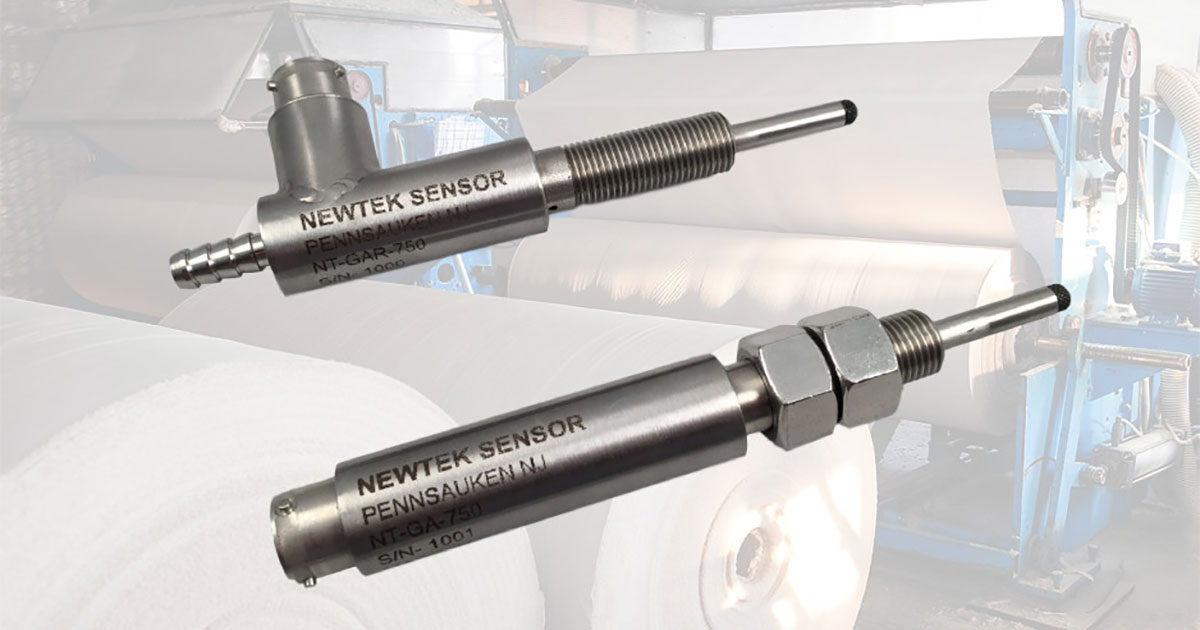NewTek White Paper Explains Technology and Properties of AC- and DC-operated LVDT Position Sensors for Best Selection

NewTek Sensor Solutions offers a white paper on the Attributes and Benefits of AC- and DC-operated LVDT Position Sensors that compares the differences in technology, unique properties, and ideal applications for each type of sensor.
Without any internal electronics, AC-operated displacement sensors can tolerate wider temperature ranges to perform in hostile environments and be packaged in small sizes to fit in hard-to-reach installations. However, AC-LVDTs require an external signal conditioner that supplies the excitation signal and measures output.
DC-LVDTs, on the other hand, internally contain high density microelectronics that incorporate signal conditioning and processing functions. While not performing to the same temperature levels as AC versions, they offer higher accuracy and are available in 4-20mA designs.
Criteria for selection of which mode of LVDT as well as applications of each are featured in the white paper. For example, which sensor is best in an application with high temperature and shock or offers output that can be directly used by control systems for easier installation? To download a free copy, visit https://www.newteksensors.com/ac-vs-dc-lvdts/.
NewTek offers a range of AC- and DC-operated LVDT Position Sensors in different configurations to meet the needs of various industries including oil/gas, aerospace, subsea, R&D testing, packaging, turbine, pharmaceuticals and others. For more information or guidance in selecting a sensor, refer to the NewTek website https://www.newteksensors.com/lvdt-sensors/

